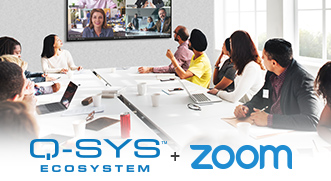
With the acquisition of Attero Tech, QSC also acquired its amazing engineering staff from Fort Wayne, Indiana. Over the past few months, we have really enjoyed getting to know them and integrating them into the QSC lifestyle! For this blog series, we’d like to introduce our newest team members. First up is Josh Arnold, new … Read More




